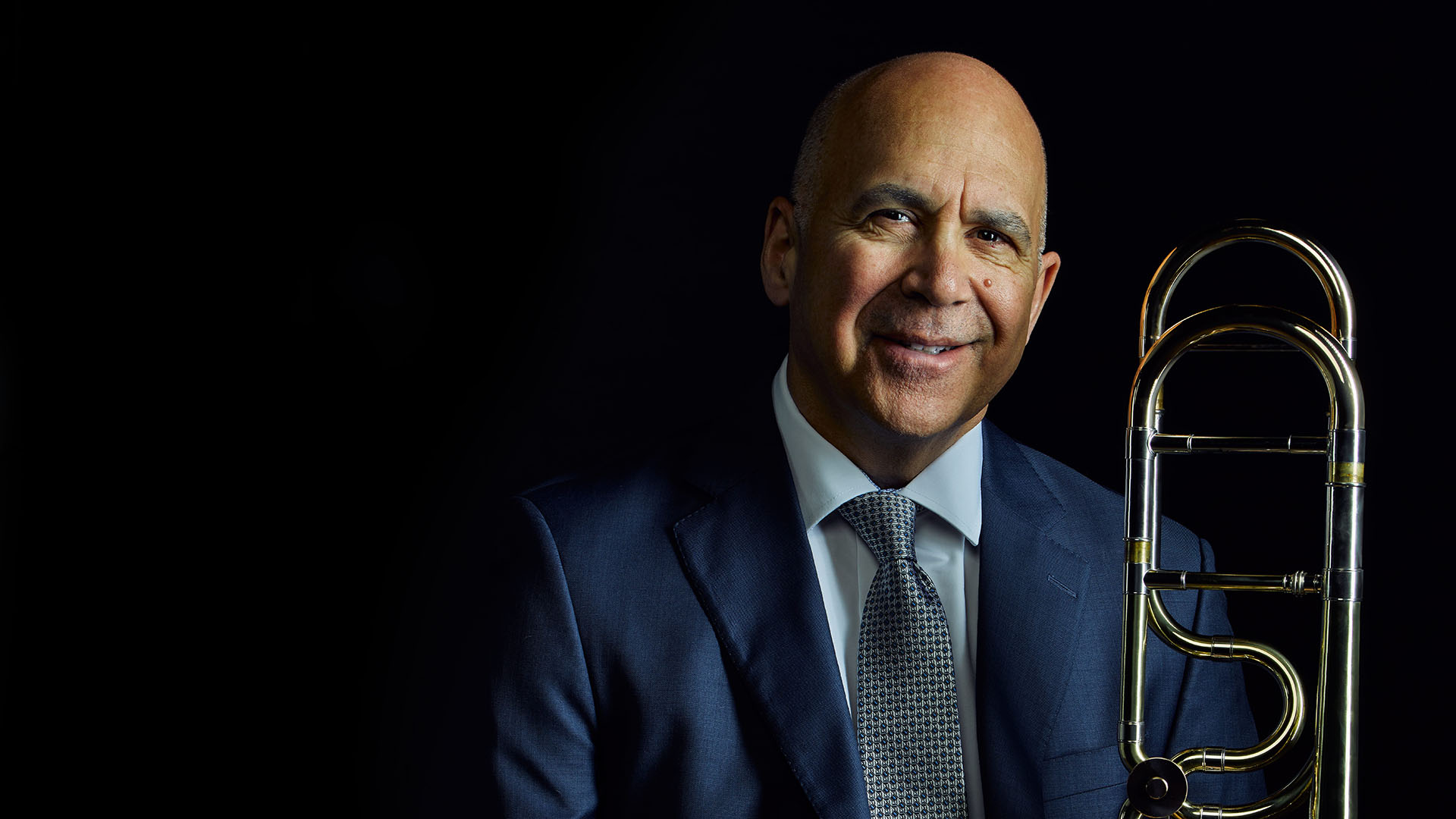A concert that offers the hottest in American music right now - sprinkled with stardust! Joseph Alessi, Principal Trombone of the New York Philharmonic, commissioned a concerto from jazz master Chick Corea and attracted four enthusiastic orchestras to join the project, including the Helsinki Philharmonic Orchestra. We received a most excellent piece, which begins with something quite rare in the world of symphony concerts: an improvisation! Chilean conductor Paolo Bortolameolli returns to Helsinki; in the spring of 2021, Bortolameolli captivated online audiences with his cheerful and dynamic command of the orchestra.
Paolo Bortolameolli
Paolo Bortolameolli is Music Director of the Orquesta Sinfónica Nacional Juvenil (Chile), Sinfónica Azteca (México), Principal Guest Conductor of Filarmónica de Santiago (Opera Nacional de Chile) and Associate Conductor of the Los Angeles Philharmonic.
In addition to these regular conducting relationships, he has led ensembles across the Western Hemisphere including engagements with the Orquesta Sinfónica Simón Bolivar (Caracas), Orquesta Filarmónica de Buenos Aires, Kansas City, Houston, and San Francisco symphonies and the LA Philharmonic. In Europe, he is a regular and return guest to the Polish National Radio Symphony Orchestra, Orchestra Haydn (Bolzano) and the Orchestra della Toscana (Florence).
His insatiable artistic curiosity brings him in equal measure to the opera stage with recent and upcoming projects including the Opéra de Paris (”Tosca”) and the Gran Teatre del Liceu (”Die Zauberflöte”).
https://www.paolobortolameolli.com/
Joseph Alessi
Joseph Alessi was appointed Principal Trombone of the New York Philharmonic in 1985. He began musical studies in his native California with his father, Joseph Alessi, Sr., as a high school student in California, and was a soloist with the San Francisco Symphony before continuing his musical training at the Curtis Institute of Music. Before joining the New York Philharmonic, Alessi was second trombone of The Philadelphia Orchestra for four seasons, and principal trombone of the Montreal Symphony Orchestra for one season. He has performed as guest principal trombonist with the London Symphony Orchestra in Carnegie Hall, led by Pierre Boulez. Alessi is an active soloist, recitalist, and chamber musician. He is currently on the faculty of The Juilliard School; his students now occupy posts with many major symphony orchestras in the U.S. and internationally. Alessi has also given master classes throughout the world and has toured Europe extensively as a master teacher and recitalist.
https://www.slidearea.com/
Esa-Pekka Salonen: LA Variations
Though perhaps better known as a conductor, Esa-Pekka Salonen (b. 1958) is also one of the most highly-acclaimed Finnish composers of all time. He wrote LA Variations in 1996, during the fourth of his 17 years as Music Director of the Los Angeles Philharmonic Orchestra, and though fairly close in style to his earlier, Modernist works, it clearly reflects the bracing air of California and Hollywood. It is based on two six-note chords (hexachords), which are examined for about 19 minutes in 16 aspects and a coda. Together the two chords cover all 12 notes in the Western chromatic scale, but when the notes are heard separately, they sound modal, as in medieval chant or in some folk songs. The two hexachords are introduced together in the opening measures of the piece. One after the other, the variations show features of them in different lights, until they ultimately return as at the beginning.
Chick Corea: Concerto for Trombone "A Stroll"
Chick Corea (1941–2021) was a leading American jazz pianist but one with a background in classical music. He was also the composer of orchestral music. The initiative for his Concerto for Trombone: A Stroll came from Joseph Alessi, principal trombone in the New York Philharmonic. Corea completed it in 2020 but did not live to hear it performed.
The concerto is partly autobiographical. The title A Stroll evokes Corea’s memories of the colourful New York streets. Hysteria, comments on the chaotic state of the world in 2020; movements 2 and 5 were tailored specially for Alessi and the work begins with some improvisation. “But,” according to Alessi, “the current version is not what Chick originally wrote. The first version ended peacefully…but I envisaged a longer, more dramatic ending. I explained that the song gave me the idea of two strangers, one of them reluctant to truly commit, but dancing an increasingly passionate and enveloping tango and ultimately surrendering to love for the other.”
The Concerto was commissioned jointly by the Orquestra Sinfônica do Estado de São Paulo, Nashville Symphony, New York Philharmonic, Helsinki Philharmonic and Gulbenkian Foundation.
Johannes Brahms: Symphony No. 2
It took Johannes Brahms (1833–1897) two decades to compose his first symphony, daunted as he was by an image of Beethoven breathing down his neck. But having once finished it in 1876, he was able to write a second the very next summer. And whereas every bar of the first seems to be weighed down by his own and others’ expectations, the second is light and life-affirming. The lake scenery around his summer abode in Austria was obviously a source of inspiration.
The second symphony has such an air of freshness and serenity compared with his earlier compositions that Brahms even quipped to his publisher, Simrock: “My new symphony is so melancholic that you will not be able to bear it. I have not yet written anything quite so sad, so ‘minor’: the score must appear with black borders and in mourning.”
Premiered in December 1877, the symphony got an ecstatic reception. By popular request, the third movement was repeated as an encore. Some have criticised the overall balance: the first two movements take up about 30 of the total 45 minutes, but the country dance-like third, and the fourth with its jubilant ending could not be a more fitting counterbalance to the more sombre previous ones.

